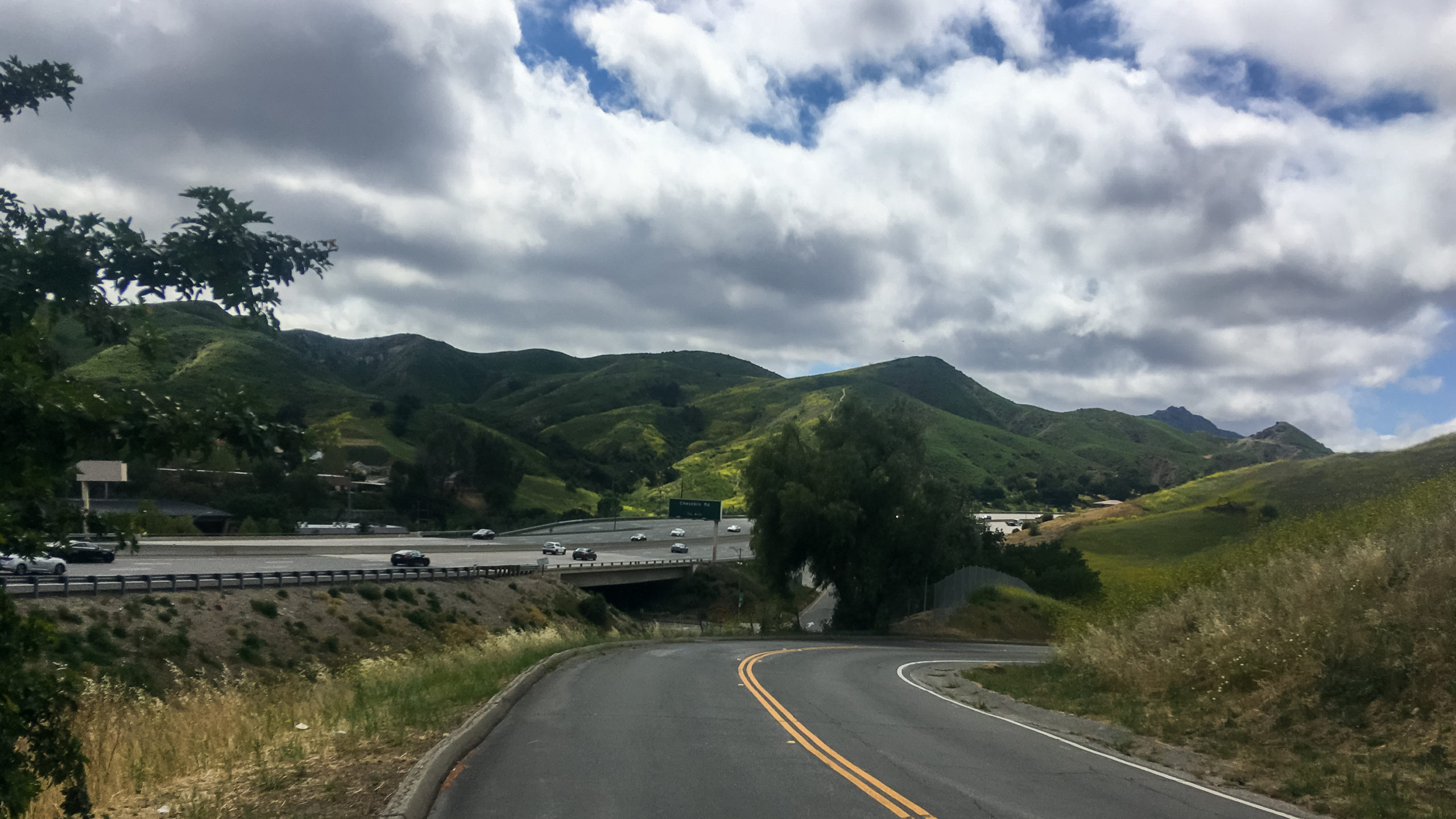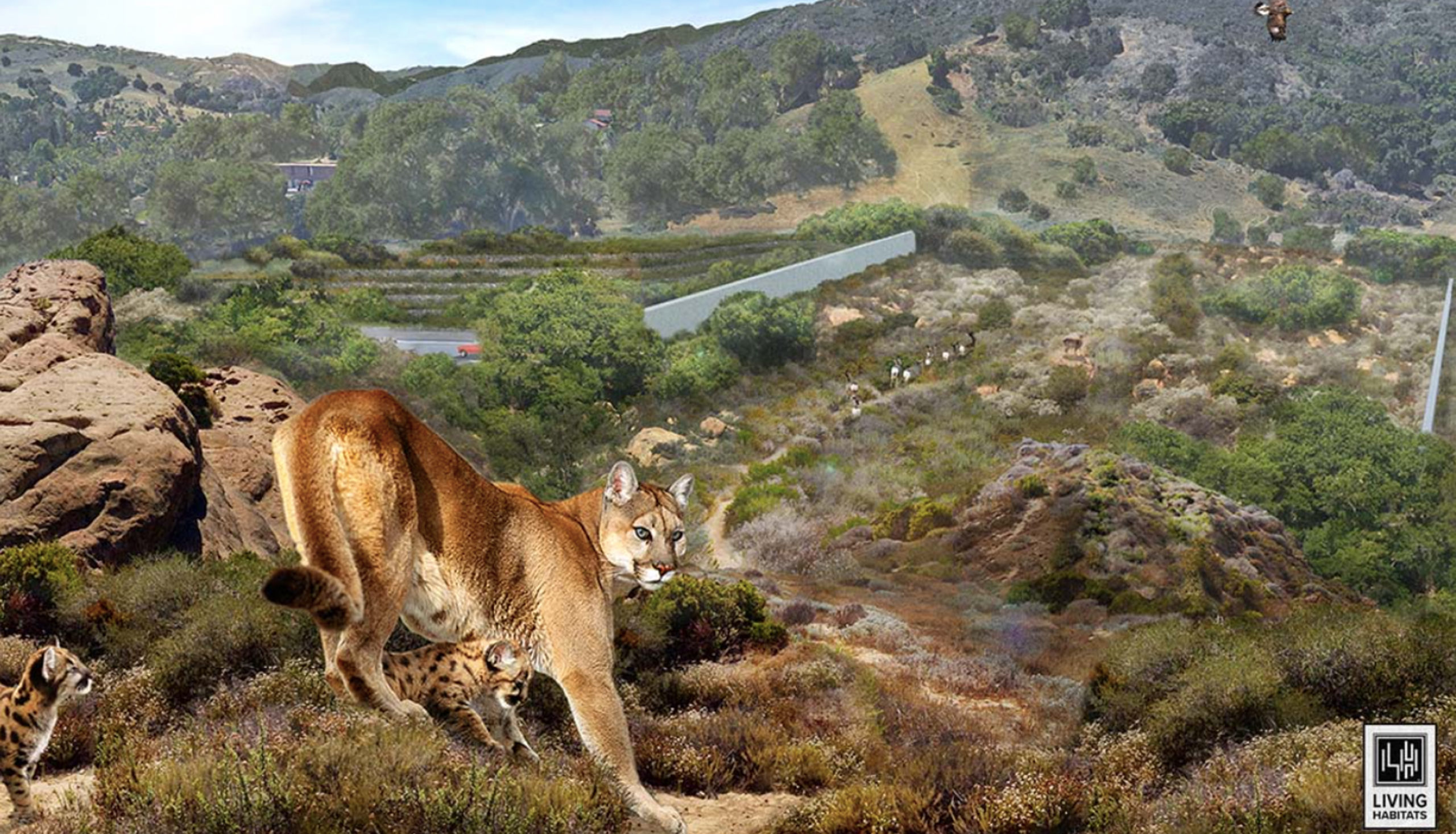The world’s largest wildlife crossing is set to break ground on Earth Day, April 22 of this year, in Agoura Hills. The project aims to protect big cats, coyotes, deer, lizards, snakes and other animals as they cross into the Santa Monica Mountains, giving them better access to food and potential mates. Mountain lions, in particular, were a major motivator for the crossing, as their genetic diversity continues to decline. The effort has been in the works for over a decade.

Agoura Hills. Photo by Stefany Hedman.
Although wildlife bridges are fairly common, this one will be distinct because of its large size and proximity to a major metropolis. It will only be 35 miles northwest of Downtown Los Angeles. The structure will be 200 feet long and cross ten highway lanes and a feeder road.

Wallis Annenberg Wildlife Crossing. Image via Living Habitats.
The project is expected to cost $90 million. Sixty percent of the funds will come from private donations, and the rest from public funds reserved for conservation purposes. It will be titled Wallis Annenberg Wildlife Crossing, for the philanthropist whose foundation donated $25 million.

Wallis Annenberg Wildlife Crossing. Image via Living Habitats.
Construction is anticipated to finish by 2025. Work will largely take place at night to prevent shutdowns of the 101 freeway. Roughly 300,000 cars a day travel the section of the 101.
Subscribe to YIMBY’s daily e-mail
Follow YIMBYgram for real-time photo updates
Like YIMBY on Facebook
Follow YIMBY’s Twitter for the latest in YIMBYnews






Very nice to see not just another building going up. This leads to lots of questions, such as, how was the width determined? Anything to do with the ability of prey to escape preditors? Have these relatively barrow passaged become predator hunting grounds in other locations? How deep is the soil below this landscaped bridge and was special drainage required? Will there be an faux rock formations as in zoo habitats? Amd most of all, who is the designer?
Wonderful! Thank you to all the donors.
Bravo, what phrase…, an excellent idea